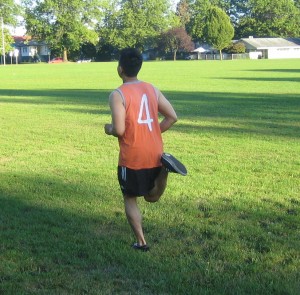Heat stroke is a serious ailment that arises if the body temperature increases at high levels. The usual indications include headache, dizziness, confusion, nausea and vomiting. The condition is a big health threat among children since they could not handle the heat well as adults do.
The body cools itself via sweating. Nevertheless, the body of a child might not be able to cool itself properly if the weather is too humid which can also occur if the child is dehydrated. In addition, using heavy padding, dark uniforms or helmets can make it hard for the body to properly cool down.
Being aware of the indications
Parents and coaches must ensure that children are aware of the indications of heat-related ailments.
Heat exhaustion
Heat exhaustion is caused by episodes of heavy sweating. It can progress to heat stroke if not promptly managed. When heat exhaustion sets in, the sweating drops and accompanied by other symptoms such as:
- Muscle cramps

When a child is playing sports during humid and warm weather, there should be regular breaks, cooling down and increased intake of fluids. - Feeling faint or weak
- Excessive thirst
If a child is training during warm weather, he/she must be taught on what to do if he/she start to feel dizzy or faint. It is vital to transfer to a cool area right away.
Heat stroke
The indications can arise abruptly and without warning such as:
- Rapid heart rate
- Temperature of 104 degrees F or higher
- Rapid breathing
- Headache
- Feeling dizzy, weak or confused
- Seizures
- Skin appears flushed, dry and hot
- Loss of consciousness
Remember that heat stroke is a dangerous condition that necessitates medical care. If the temperature of the body is higher than 104 degrees F, it can impair the organs. The faster the body is cooled, the better chances for recovery.
Prevention of heat stroke
When a child is playing sports during humid and warm weather, there should be regular breaks, cooling down and increased intake of fluids. It is vital to use lightweight clothing that loosely fits and light in color to stay cooler.
Disclaimer / More Information
The information posted on this page on heat stroke is for learning and educational purposes only. To learn to recognize and manage heat-related illnesses, register for first aid training at one of our training centers located throughout Canada. The training centers are in Edmonton, Calgary, Vancouver, Kelowna, Saskatoon, Surrey, Winnipeg, Toronto, Ottawa and Halifax.

